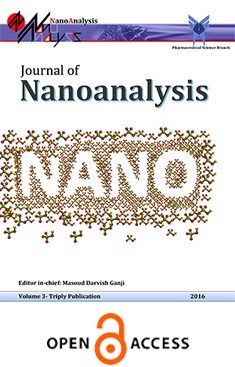-
-
List of Articles
-
Open Access Article
1 - Sol-Gel Fabrication and Photocatalytic Properties of Indium Oxide-CNT Composite
Giang Li Lnfeng Hu -
Open Access Article
2 - Investigation of Physical Effects on Nanoparticle Size in Aerosol Solvent Extraction System
Li Tian Tian Kim Row -
Open Access Article
3 - Ultrasonic Fabrication of Monodispersed Nano-Copper Oxide
Lifei Huaqing -
Open Access Article
4 - Catalytic Effects of Carbon Nanotubes on Complexation of Some Amino Acids via Cobalt Cation Catalyst
Masoumeh Piryaei -
Open Access Article
5 - Hydrogen storage capacity of Si-decorated B80 nanocage: firstprinciples DFT calculation and MD simulation
Masoud Darvish Ganji Nasim Ahmadian
-
The rights to this website are owned by the Raimag Press Management System.
Copyright © 2021-2025







